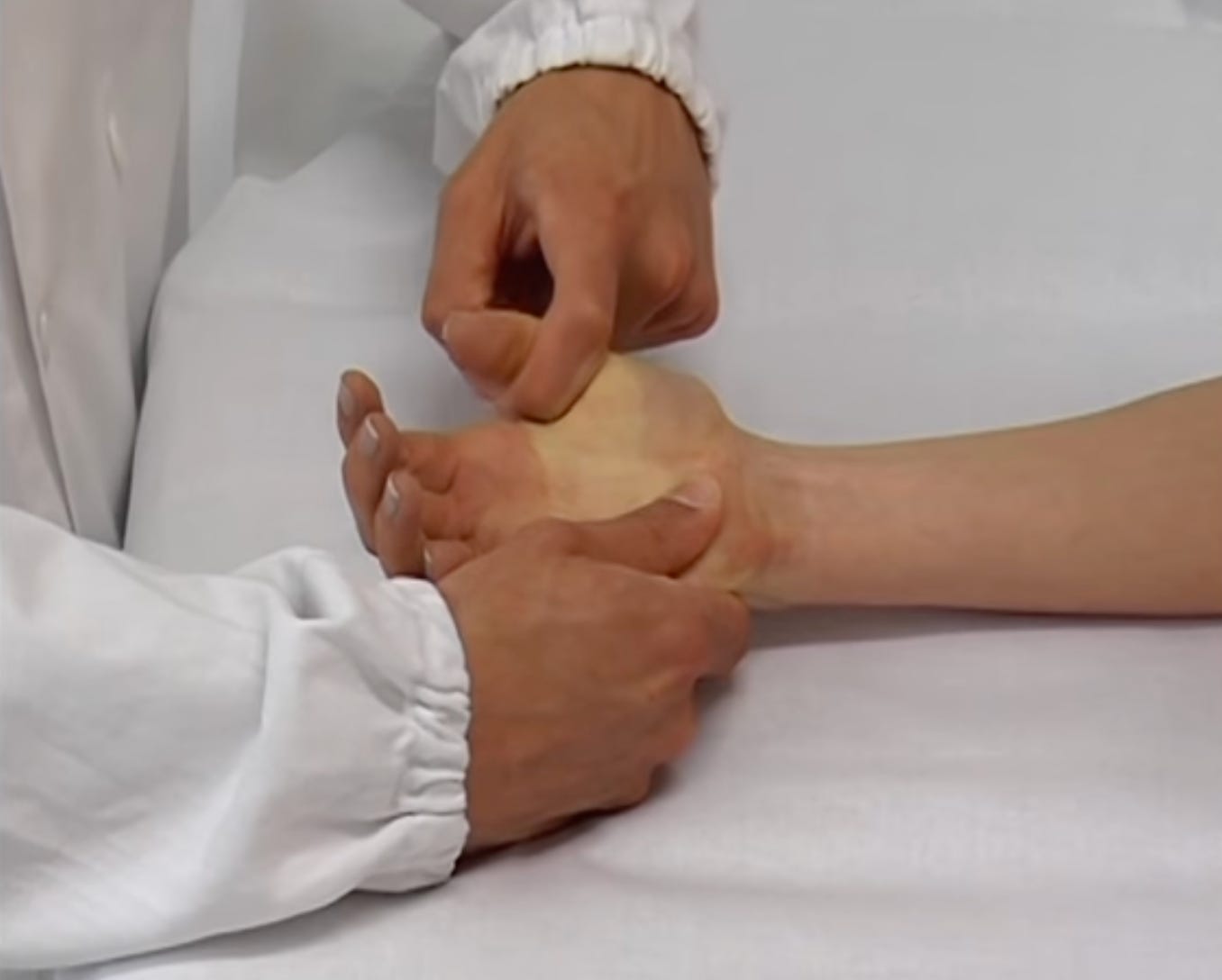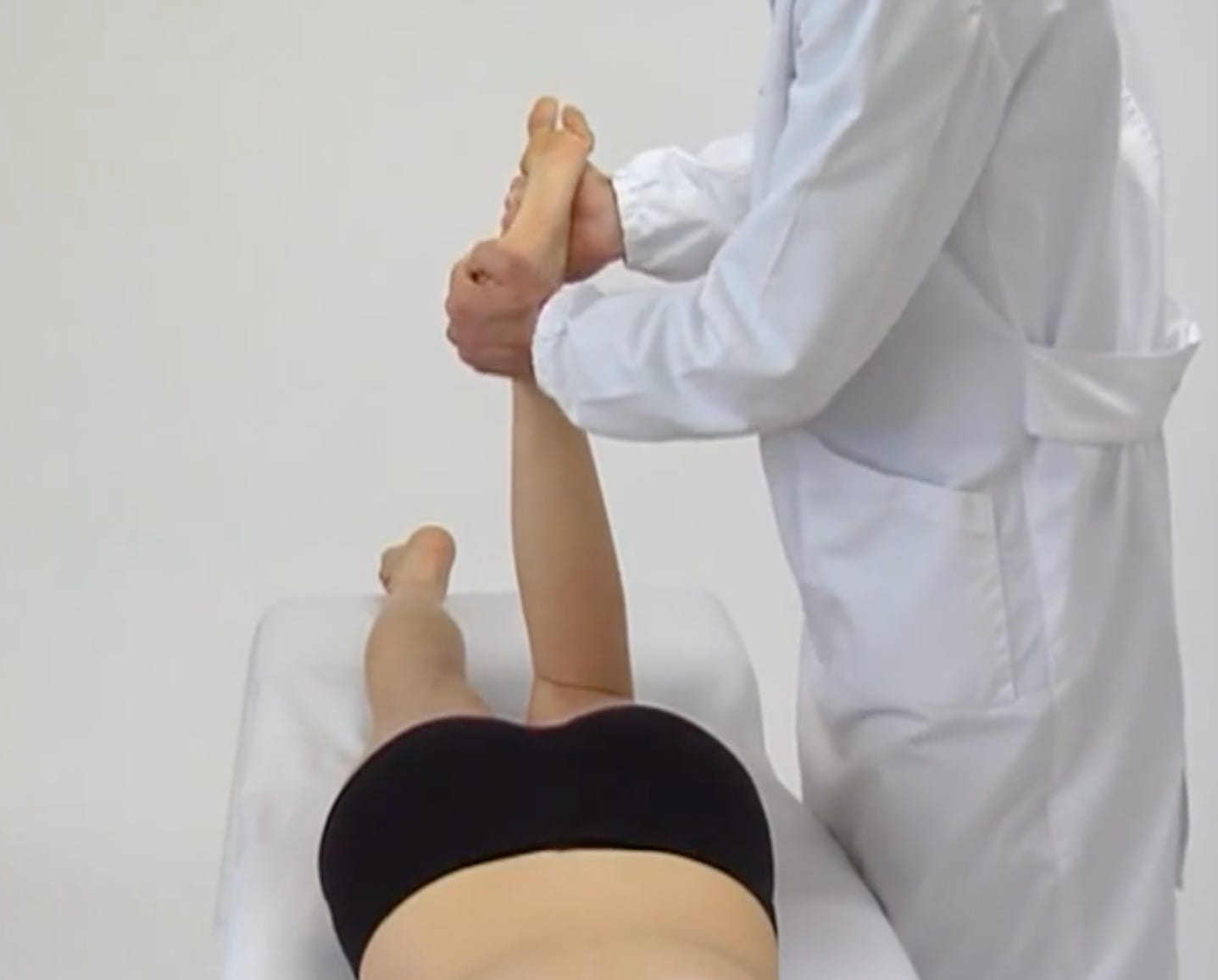On New Beginnings, to Varying Ends
Welcome to Health Gossip
“You are accusing me of having been born — I plead not guilty!” – Sri Nisargadatta Maharaj, I Am That
Shortly before launching this newsletter, I had a dream: I was pregnant, but incredibly ambivalent about being so — so much so that the dream, whose premise would normally be a cause for celebration, began to feel like a nightmare.
In retrospect, the meaning is clear. Instead of a baby, I was pregnant with an idea, whose realization I felt conflicted about for some unspoken reason. Night after night, I was trapped in that same liminal space, three or so months pregnant and increasingly uncertain about the outcome.
Semantically, ambivalence is somewhat hard to place. It traditionally denotes a state of having mixed feelings, a sort of ambient distress that results from being pulled in different directions. In psychoanalytic terms, these feelings are not mixed but opposing, forming a tension that dictates much of our lives. To feel ambivalent about giving birth is to be caught between two poles — the joy of new life and the inevitable grief accompanying it.
In “Against Self-Criticism,” Adam Phillips expands on this tension, writing that “wherever we hate, we love” and “wherever we love, we hate.” To him, as to Freud, feeling ambivalent about something merely proves its significance.



